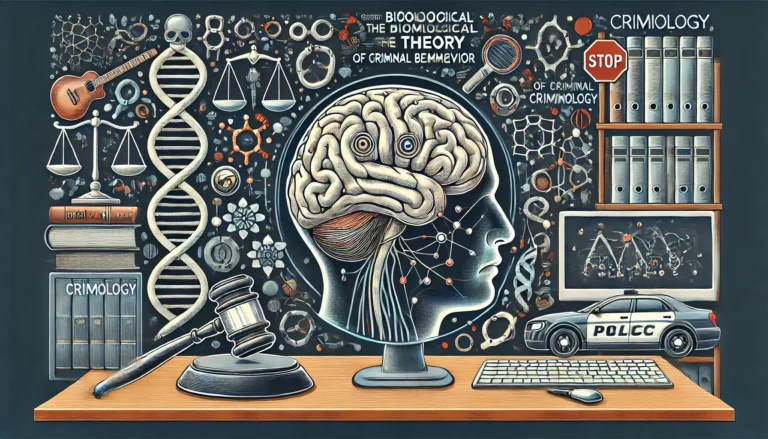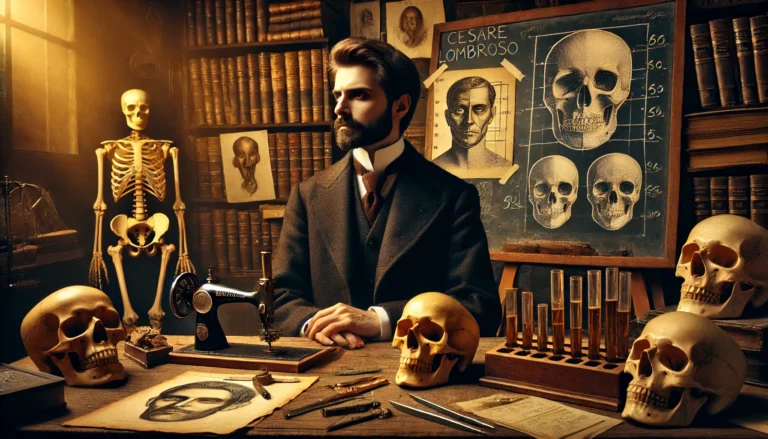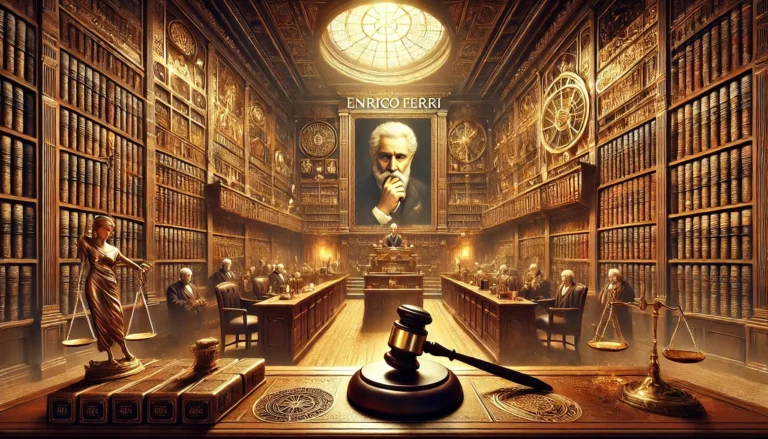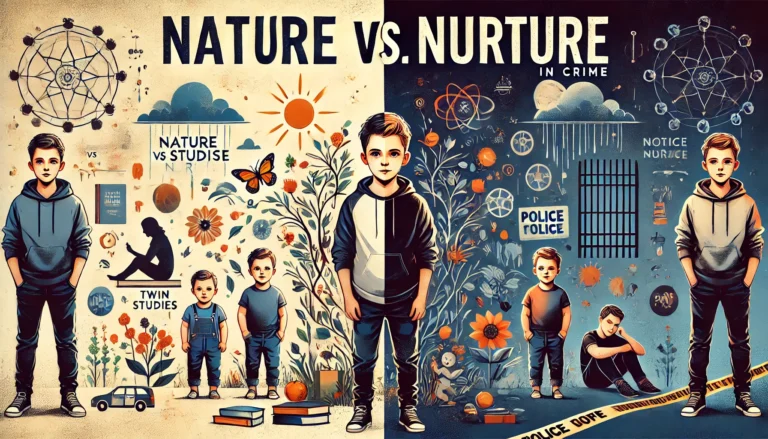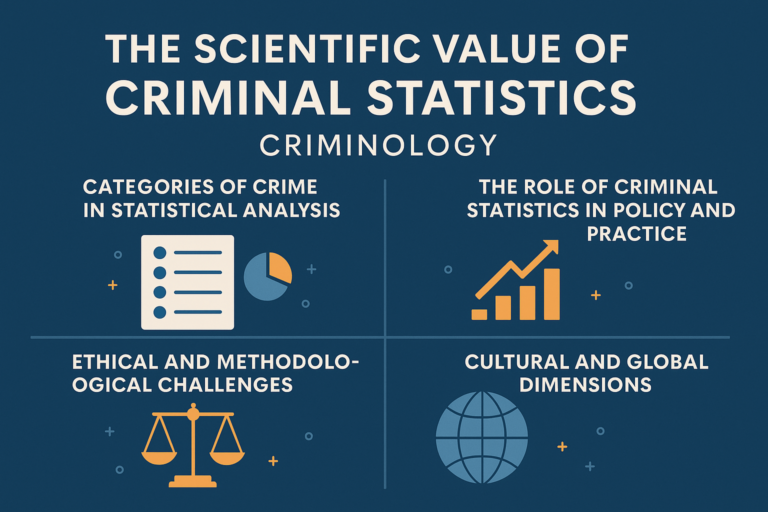The Role of Raffaele Garofalo in Criminology
Criminology, as a field of study, has undergone significant evolution since its inception. Among the pioneering figures who shaped this discipline, Raffaele Garofalo stands out as a central contributor to the Positivist School of Criminology. His innovative concepts, particularly the notion of “natural crime,” have had a lasting impact on the way crime and criminal behavior are understood. This article explores Garofalo’s contributions, his theories, and their influence on criminology.
Early Life and Background
Raffaele Garofalo was born on November 18, 1851, in Naples, Italy. He pursued a career in law, which laid the foundation for his interest in crime and justice. Garofalo’s legal training provided him with a deep understanding of the societal implications of criminal behavior, motivating him to investigate its root causes. Influenced by the works of Cesare Lombroso and Enrico Ferri, Garofalo became an advocate for the Positivist approach to criminology, which sought to apply scientific methods to the study of crime.
Contributions to Criminology
1. Natural Crime and Moral Sense
One of Garofalo’s most significant contributions to criminology is his concept of “natural crime.” He defined natural crime as actions that violate the fundamental moral sentiments necessary for the survival of society. These sentiments, according to Garofalo, include pity (the aversion to inflicting harm on others) and probity (respect for others’ property). Crimes that breach these universal principles are inherently harmful to social cohesion and, therefore, constitute natural crimes.
Garofalo’s concept of natural crime provided a framework for distinguishing between behaviors that are universally condemned and those that are culturally or legally defined. By grounding his definition of crime in moral principles, Garofalo sought to establish a more objective and universal understanding of criminal behavior.
2. Rejection of Free Will
As a key figure in the Positivist School, Garofalo rejected the classical notion of free will, which posited that individuals freely choose to commit crimes. Instead, he argued that criminal behavior is determined by a combination of biological, psychological, and social factors. This deterministic view aligned with the broader positivist perspective, which emphasized the need to study crime scientifically.
Garofalo’s rejection of free will had significant implications for the criminal justice system. It shifted the focus from punishing offenders based on moral culpability to addressing the underlying causes of their behavior. This perspective laid the groundwork for modern approaches to rehabilitation and prevention.
3. Practical Applications
Garofalo’s theories extended beyond academic discourse to practical applications in the criminal justice system. He argued that punishments should be tailored to the offender’s level of dangerousness rather than the severity of their crime. This approach emphasized the protection of society over retribution.
He advocated for measures such as incapacitation for dangerous offenders and rehabilitation for those who could be reformed. His emphasis on preventive measures and individualized treatment reflected a forward-thinking approach to criminal justice.
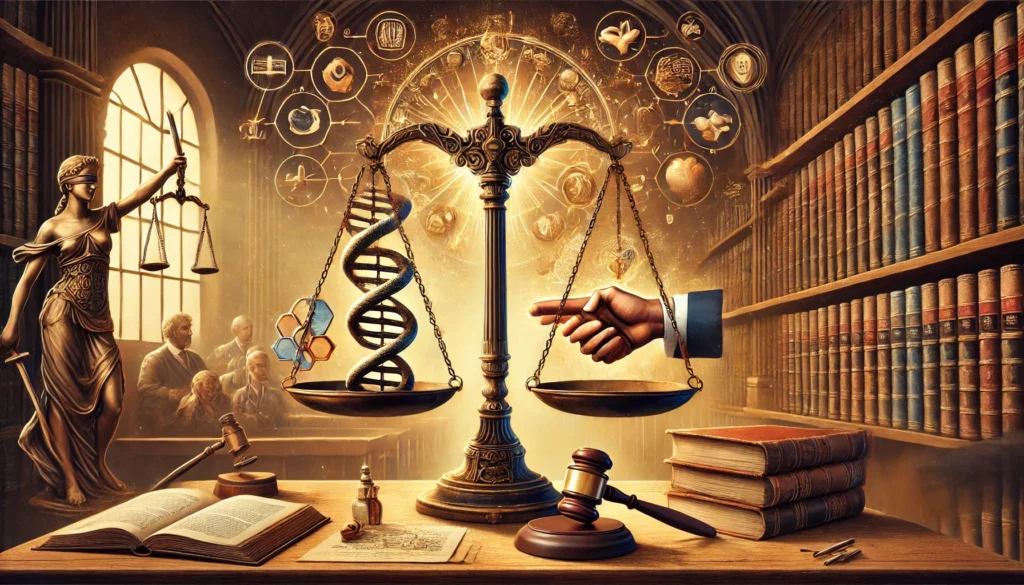
4. Classification of Criminals
Garofalo developed a typology of criminals based on their moral deficiencies and societal threat. He categorized criminals into groups such as:
- Violent criminals: Those driven by a lack of pity.
- Habitual criminals: Individuals whose repeated offenses stem from a lack of probity.
- Occasional criminals: Those who commit crimes due to specific circumstances rather than inherent tendencies.
This classification system provided a framework for understanding the diversity of criminal behavior and tailoring responses accordingly.
Comparison with Contemporary Criminologists
Garofalo vs. Lombroso
While Garofalo was influenced by Cesare Lombroso, the founder of the Positivist School, his approach differed in key ways. Lombroso focused primarily on the biological determinants of criminality, such as physical traits and genetic predispositions. In contrast, Garofalo emphasized moral and societal factors, arguing that crime is rooted in violations of universal moral principles rather than purely biological causes.
Garofalo vs. Ferri
Enrico Ferri, another prominent figure in the Positivist School, integrated sociological factors into his analysis of crime. Garofalo, while acknowledging the role of social influences, maintained a stronger focus on moral sentiments as the foundation of criminal behavior. This distinction highlights the diversity of perspectives within the Positivist School and Garofalo’s unique contribution to its development.
Legacy and Influence
Impact on Criminology
Garofalo’s work had a profound impact on the development of criminology as a scientific discipline. His concept of natural crime influenced subsequent theories and provided a foundation for studying crime as a societal phenomenon. His emphasis on moral and social factors helped bridge the gap between biological determinism and sociological approaches.
Criticism and Modern Perspectives
Despite his contributions, Garofalo’s theories have faced criticism. Some scholars argue that his reliance on universal moral principles oversimplifies the complexity of crime. Additionally, his deterministic perspective has been challenged for its potential to undermine individual agency and accountability.
Nevertheless, Garofalo’s ideas remain relevant in contemporary criminology. His focus on moral and social dimensions of crime continues to inform debates on the balance between punishment and rehabilitation.
Conclusion
Raffaele Garofalo’s contributions to criminology reflect a pioneering effort to understand crime through a scientific and moral lens. His concept of natural crime, rejection of free will, and practical approach to criminal justice have left an enduring legacy in the field. While his theories have evolved and faced critique, Garofalo’s work remains a cornerstone of criminological thought, shaping the way we study and address crime in modern society.


